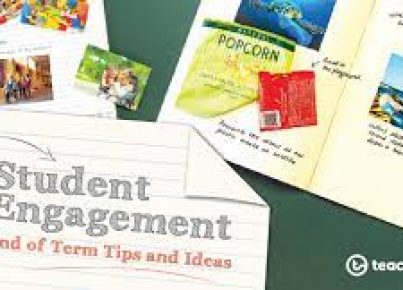“Would You Rather” questions have become a popular engagement tool in classrooms around the world. These questions pose a dilemma in the form of a question, asking people to choose between two options, and are a great way to get students thinking critically and engaging with each other. Here are 10 ways teachers can use “Would You Rather” questions in the classroom:
1. Ice Breakers: At the beginning of the school year or before starting a group project, “Would You Rather” questions can help students get to know one another.
2. Writing Prompts: They serve as excellent starters for journals or creative writing tasks. Students can elaborate on their choices by explaining their reasoning.
3. Critical Thinking: These questions can foster decision-making and critical thinking skills, especially when both choices have potential downsides.
4. Debates: Students can be divided into groups based on their choice and engage in debates to defend their positions.
5. Subject Integration: “Would You Rather” questions can be tailored to any subject, from history (e.g., Would you rather live in ancient Rome or ancient Egypt?) to science (e.g., Would you rather explore space or the ocean?).
6. Filler Activities: They’re great for transitional times or when there’s an unexpected extra five minutes in the schedule.
7. Team Building: They can reveal shared interests or values among students, encouraging teamwork and collaboration.
8. Understanding Perspectives: These questions may help students understand different viewpoints and empathize with others’ decisions.
9. Classroom Management: Instead of traditional rewards, let students answer a “Would You Rather” question as a fun break.
10. Learning Preferences Assessment: Teachers can use them to gauge student interest in topics or activities (e.g., Would you rather do a group project or write a paper?).
Integrating these questions into classroom activities not only promotes an engaging learning environment but also helps develop social-emotional skills among students.





